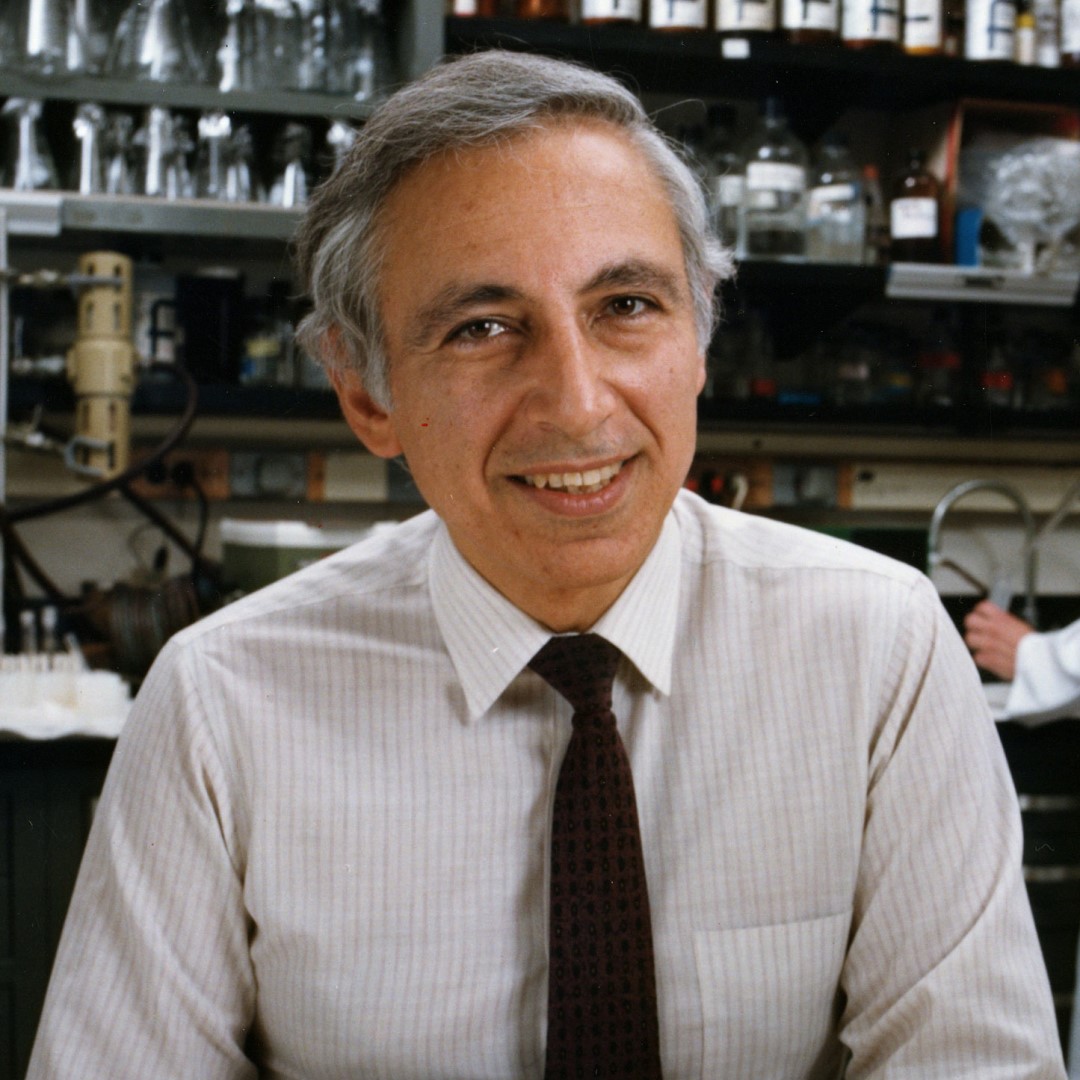
NCI scientists isolated human T-cell lymphotrophic virus 1 (HTLV-1)
In 1980, National Cancer Institute (NCI) scientists from the Gallo group isolated human T-cell lymphotrophic virus 1 (HTLV-1). This virus, which is also called adult T-cell leukemia virus, is the causative agent of adult T-cell leukemia/lymphoma (ATLL) and several other diseases.
Studies indicate that HTLV-1 is arguably one of the most carcinogenic agents to humans. In addition, HTLV-1 causes a diverse array of diseases, including myelopathy and immunodeficiency, which cause morbidity and mortality to many people in the world, including the indigenous population in Australia, a fact that was emphasized only recently.
HTLV-1 can be transmitted by infected lymphocytes, from mother to child via breast feeding, by sex, by blood transfusion, and by organ transplant. Therefore, the prevention of HTLV-1 infection is possible but such action has been taken in only a limited part of the world.
However, until now (2019) it has not been listed by the World Health Organization as a sexually transmitted organism nor, oddly, recognized as an oncogenic virus by the recent list of the National Cancer Institute/National Institutes of Health.
Such underestimation of HTLV-1 by health agencies has led to a remarkable lack of funding supporting research and development of treatments and vaccines, causing HTLV-1 to remain a global threat.
Tags:
Source: U.S. National Library of Medicine
Credit: Photo: Dr. Robert Gallo. Courtesy: National Cancer Institute.
